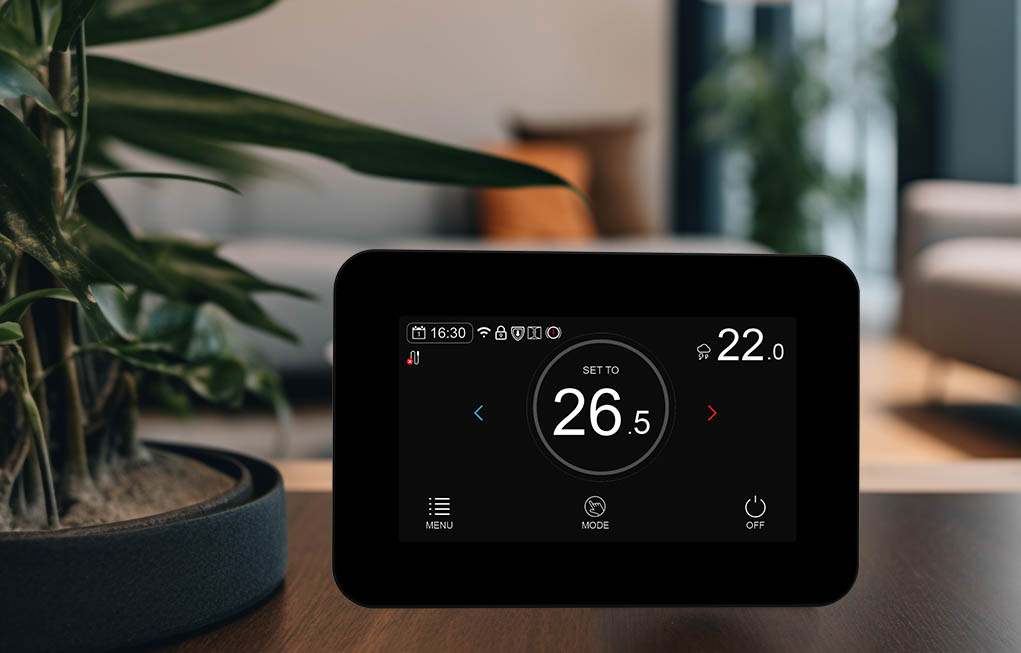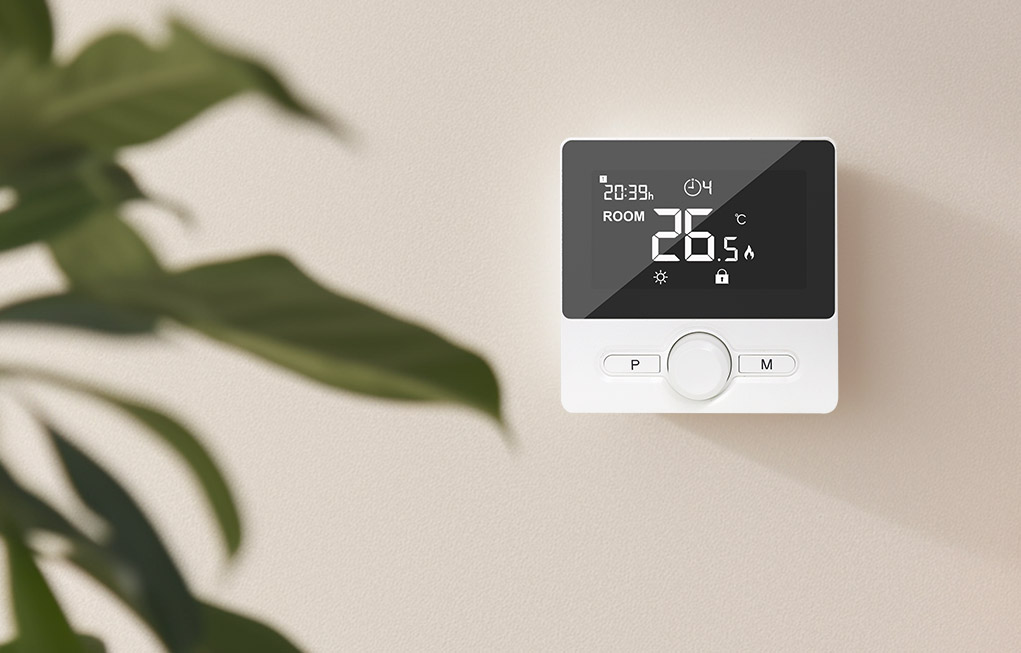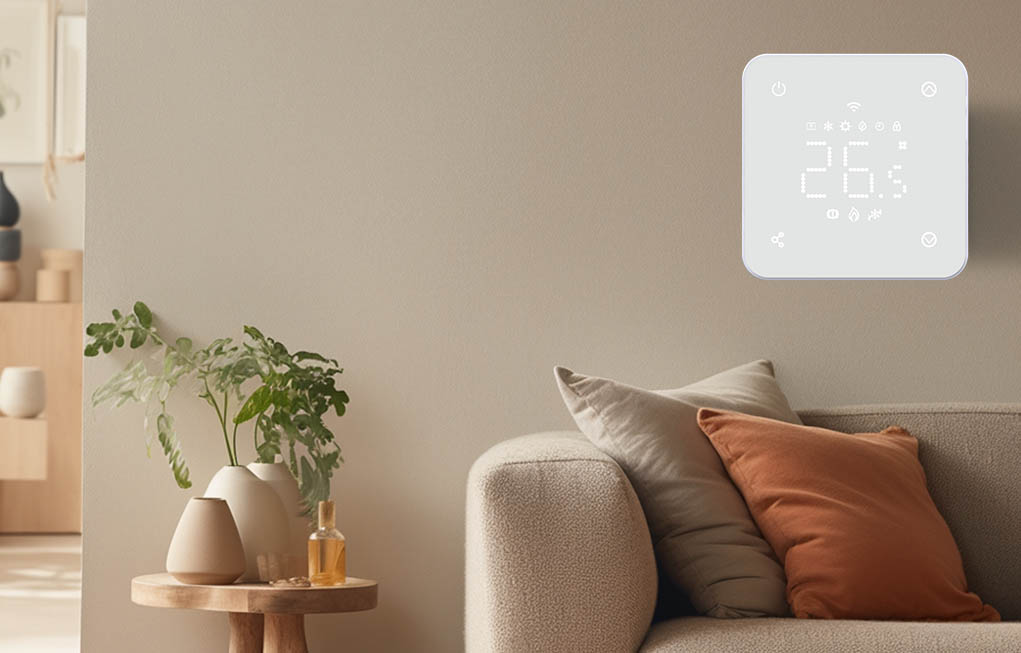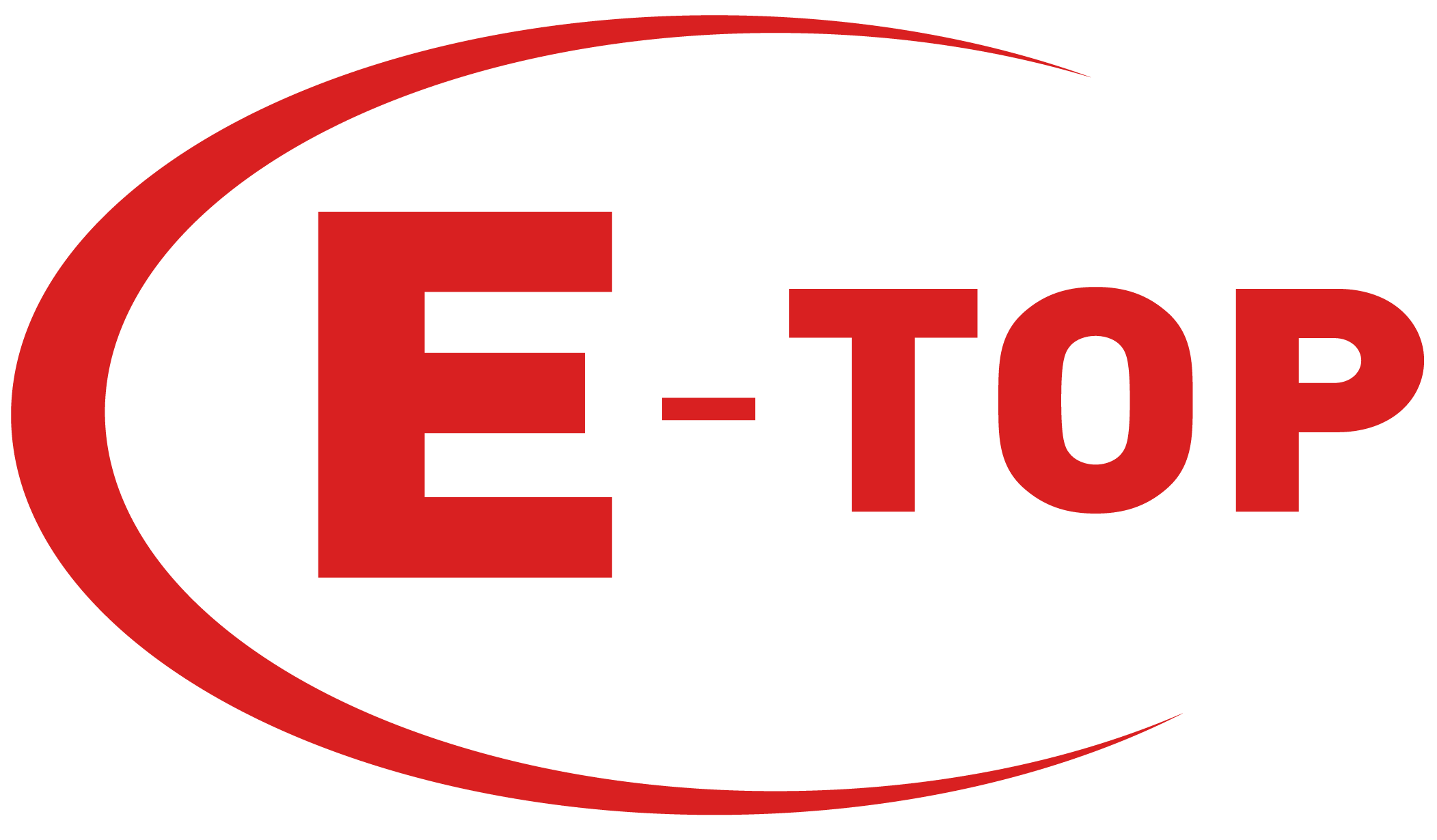Never miss an offer or update. You can unsubscribe at any time.
 European power demand may plummet to the level of 20 years ago, and power transformation is imminent.
European power demand may plummet to the level of 20 years ago, and power transformation is imminent.
 Clean energy becomes the mainstream, and the transformation of smart devices is imminent
Clean energy becomes the mainstream, and the transformation of smart devices is imminent
 Is Europe about to fall into an energy crisis? How to make good use of smart devices to transform into a top priority
Is Europe about to fall into an energy crisis? How to make good use of smart devices to transform into a top priority
 Address:No.6 of Tong'an Industrial Park, Meixi Rd,Tong'an District, Xiamen China 361100
Address:No.6 of Tong'an Industrial Park, Meixi Rd,Tong'an District, Xiamen China 361100 Phone:+86 0592 6155792
Phone:+86 0592 6155792 Email:info@etopcontrols.com
Email:info@etopcontrols.comNever miss an offer or update. You can unsubscribe at any time.

